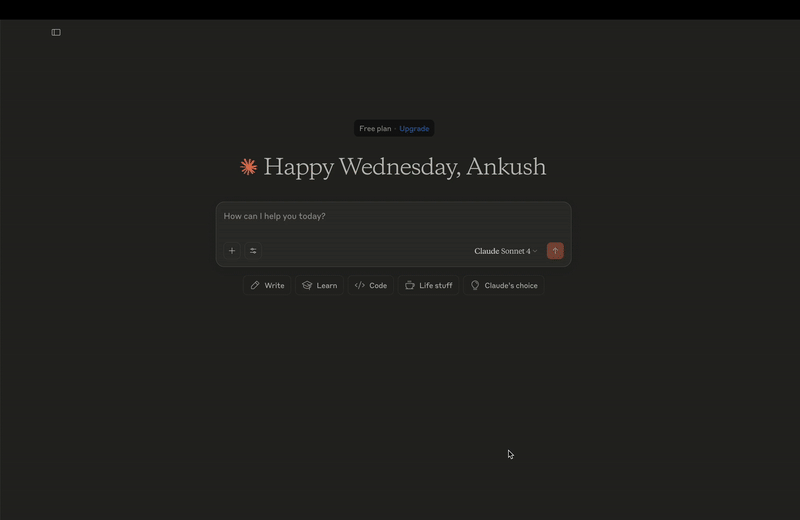Controlling crypto with natural language
How Model Context Protocols (MCPs) are changing how users interact with wallets, just by talking to them
Ankush Swarnakar
|Jul 3, 2025

If you’ve been following the latest in AI, you may have seen the term Model Context Protocol (MCP) starting to circulate. But what exactly is MCP and why does it matter, especially in crypto?
In this post, we break down how MCP works and how it enables large language models (LLMs) to not just read blockchain data, but take action on behalf of users. Translating natural language into real transactions is a big unlock for crypto usability. Instead of manually triggering a transaction, a user could simply say “send 10 USDC to Max” and have it executed onchain.
What is MCP
MCP, or Model Context Protocol, is a standardized framework that helps large language models (LLMs), like ChatGPT or Claude, interface with APIs and external data. LLMs are AI systems trained to understand and generate human-like language, and they’re increasingly being used to power agents and natural language interfaces.
Without a framework like MCP, LLMs rely on one-off methods to call external services, making it hard to scale or share integrations. MCP solves this by creating a consistent way to expose tools to language models.
MCP greatly simplifies the experience for developers to serve their APIs to LLMs. At a high level, MCP has two components:
Client: The LLM (like Claude or GPT) that parses user input and decides which tools to call. Think of it as the “brain” of the operation.
Server: The API or service that exposes data and actions. Developers host MCP servers to let LLMs interact with their APIs.
Together, these form a shared language between models and services, making it easier to plug in tools and build agentic experiences.
Why MCP matters in crypto
MCP is particularly powerful in crypto, as many APIs and wallets already expose composable interfaces. This means LLMs can read blockchain data and interact with APIs without custom glue code.
Here are a few examples of what MCP enables in crypto:
Check wallet balances using natural language
Fetch transaction details from the blockchain
Automate trades by combining market data and wallet control
Execute transactions through simple user commands
At Privy, we're excited about using MCP to simplify how users interact with wallets. Just like ChatGPT made it easier to use the internet, LLMs can further abstract away crypto’s complexity by turning wallet actions into simple, human-readable prompts.
Our Experiment: Sending SOL via Natural Language
To test this idea, we forked a sample MCP server developed by the Solana Foundation. We then added a tool that lets users send SOL from their wallet to any recipient just by describing the action in natural language.
The result? A natural-language interface that executes a real transaction onchain. Check out our demo.

Curious how it works under the hood? Explore the code here.
Where MCP needs to evolve
While promising, MCP is still early. It needs more development before it can support complex or sensitive production use cases.
Two key gaps in MCP today include:
Limited clients: Few MCP clients are accessible to end users today. Most developers interact with MCP APIs through tools like Claude Desktop, but requiring users to download a new application just to try a demo is too much friction.
Authentication challenges: There’s currently no easy way for users to authenticate with MCP servers. In our demo, wallet permissions were hardcoded to a specific user because there’s no standard way to verify identity via tools like Claude. New developments like OAuth 2.1 are promising and make it possible for MCP servers to authenticate users, but haven't yet been widely adopted by clients.
What’s Next
Despite these early hurdles, MCP is a promising step toward more intuitive, human-first crypto UX. One day, Model Context Protocol might just as well stand for Model Crypto Protocol.
By giving language models secure, standardized access to blockchain tools, we can finally make interacting with wallets feel as simple as texting a friend.
Curious about building with MCP? We’d love to see what you create. Reach out at hi@privy.io to collaborate.

